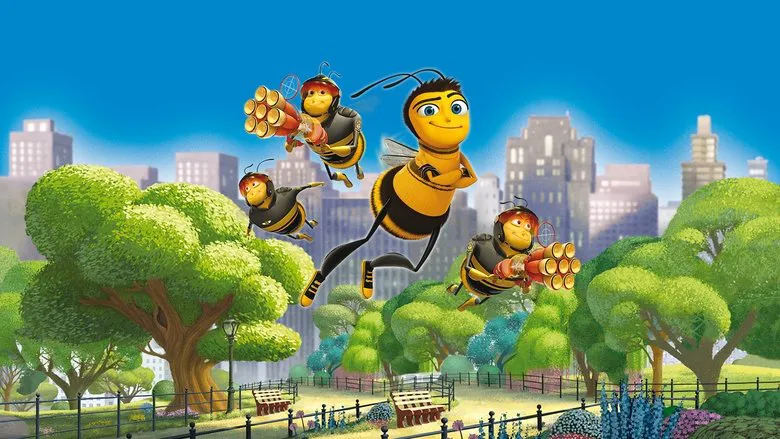Bee Movie: A Nonconformist’s Flight for Justice
“Bee Movie” introduces us to Barry B. Benson, a unique and curious bee who yearns for a life beyond the monotonous routine of honey production within the confines of his hive. Driven by an innate sense of adventure and a desire to experience the world outside, Barry embarks on a journey that leads him down an extraordinary path, far removed from the floral fields and familiar routines of his buzzing brethren. His daring venture takes him among humans, where he forms an unlikely friendship with a kind-hearted florist named Vanessa Bloome, who provides him with a peculiar yet welcoming sanctuary.
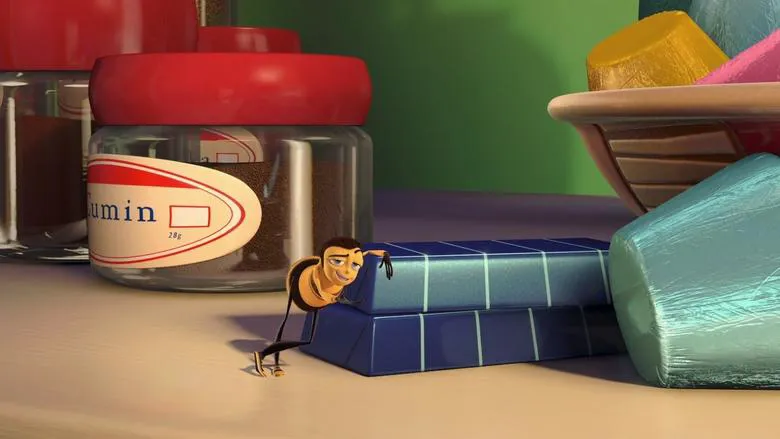
As Barry gradually adapts to the bewildering complexities of the human world, a shocking discovery shatters his newfound peace: the widespread, industrialized exploitation of honey by humans. He stumbles upon a honey farm, where he witnesses the alarming and grim realities of the honey industry firsthand – bees subdued by tobacco smoke, their hard-earned produce systematically harvested for human consumption. This disturbing revelation sparks a profound sense of outrage and injustice in Barry, compelling him to transcend his bee-ness and take unprecedented action.
Fueled by a fervent determination to secure justice for his fellow insects and challenge the perceived inequity, Barry makes the audacious decision to sue humanity. This monumental legal battle for the rights of bees and, by extension, all insects, occupies a significant and central portion of the film’s narrative, elevating the whimsical premise to an unusual platform for socio-legal commentary. His quest for justice leads him all the way to the Supreme Court, where he champions the cause of the collective insect kingdom against the human race.
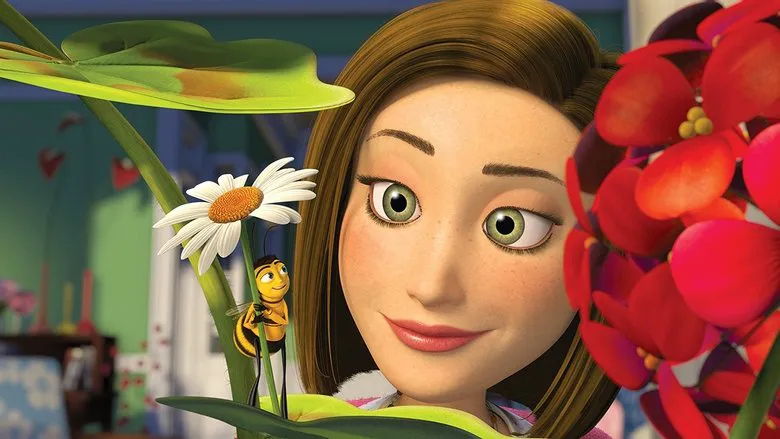
A Naturalistic Portrayal
Despite being an animated feature starring anthropomorphic animals, “Bee Movie” surprising takes a path less traveled in its character design and portrayal. Unlike many other animated films that imbue their digital animal characters with overtly human-like expressions and exaggerated attributes, “Bee Movie” leans towards a distinct form of naturalism, particularly in its depiction of the bees themselves. The swarms of bees, and even Barry to an extent, are often characterized as rather understated and, at times, somewhat one-dimensional. They embody the very essence of diligent, almost robotic insects, toiling tirelessly along a conveyor belt, their existence seemingly defined by routine and their contributions to the hive’s endless production cycle.
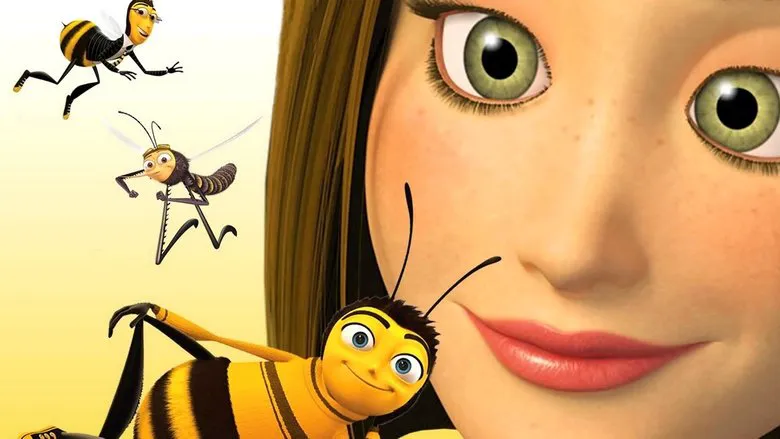
The intention behind this realistic approach might have been to ground the film’s fantastical premise in a semblance of biological authenticity. However, this surprising adherence to what could be described as “insect realism” ultimately falls short of enhancing the overall appeal or emotional engagement of the film. The choice to portray hundreds of bees as mindlessly toiling, rather than as distinct, charming personalities, perhaps limits the viewers’ ability to fully invest in their collective plight, even as Barry advocates fiercely on their behalf.
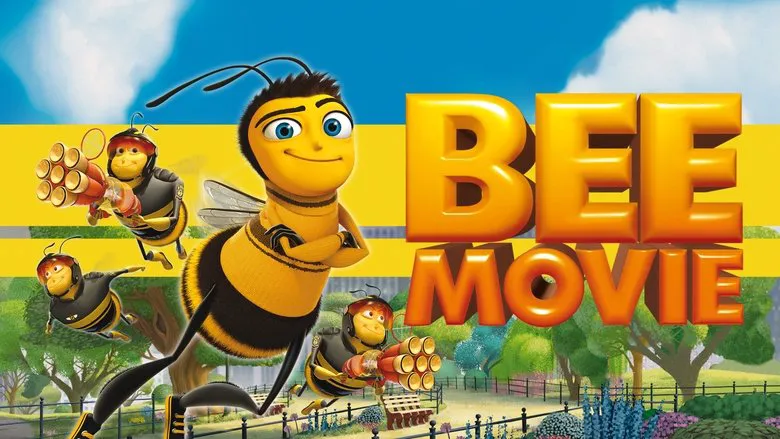
In effect, while the film certainly provides an interesting, albeit critical, look at human-animal interactions and environmental considerations, the deliberate decision to maintain a degree of “mundane insect-ness” for its central characters paradoxically works against the vibrant spirit one might expect from a major animated production. Nevertheless, “Bee Movie” remains a unique entry in the animated canon, offering a quirky, legally-charged take on a bee’s audacious fight for what he perceives as essential justice.
